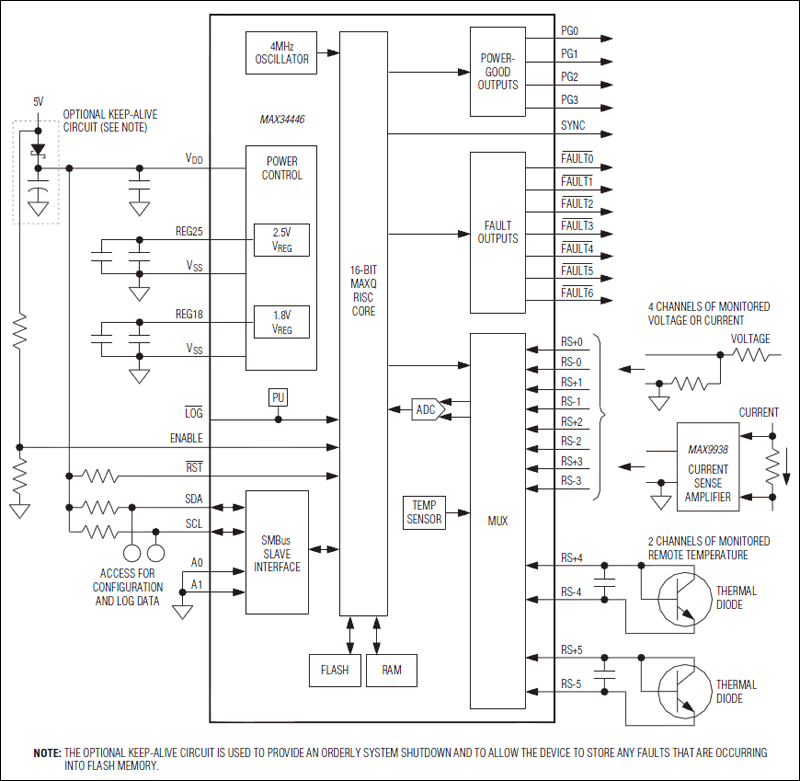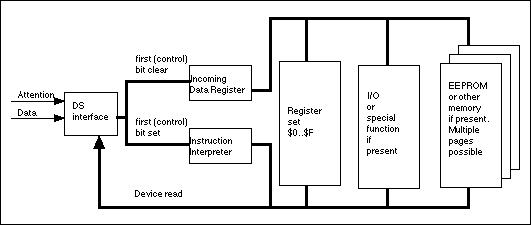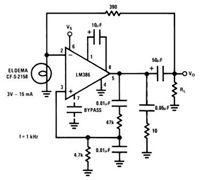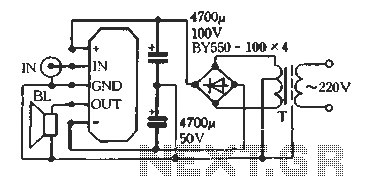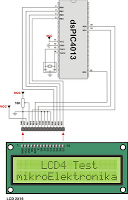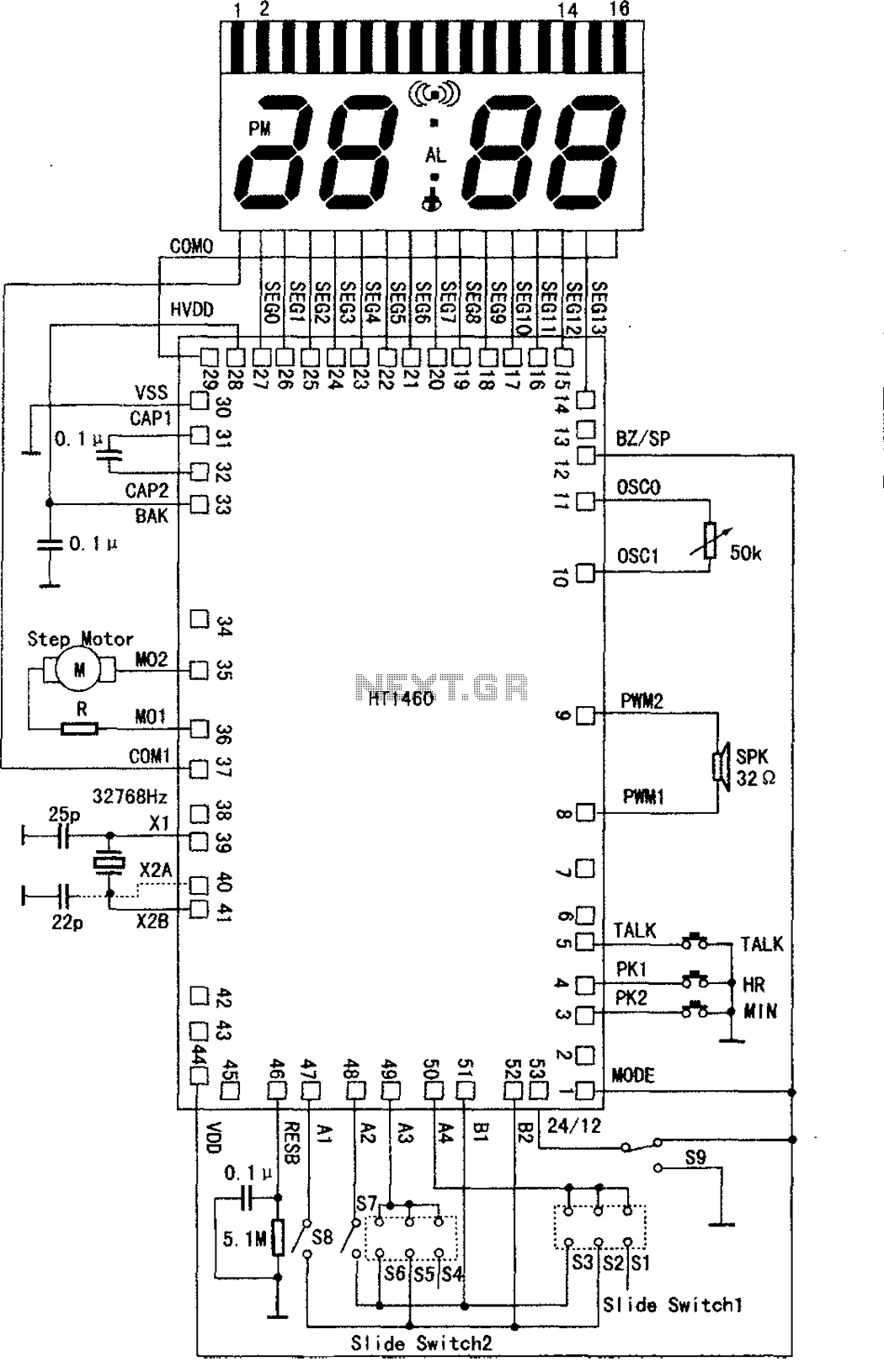
Keypad and LCD Display Module for Data Entry
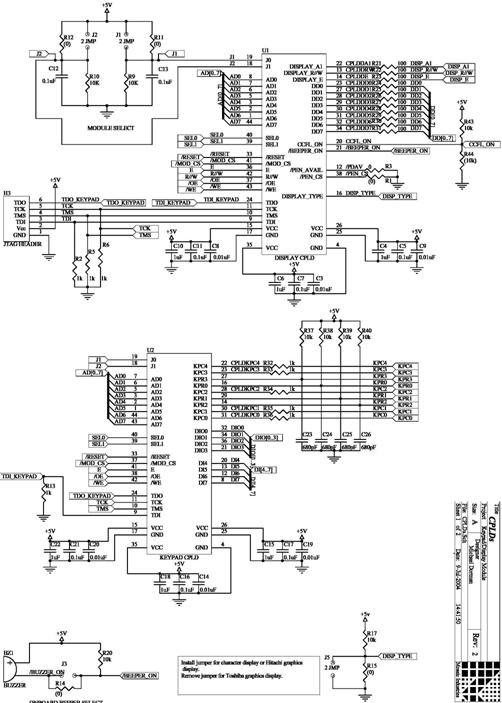
Control your instrument with a 4x20 LCD display and a 4x5 keypad designed for front panel feedback and control.
The circuit involves an interface that utilizes a 4x20 LCD display and a 4x5 keypad, providing an effective means of user interaction for various instruments. The 4x20 LCD is capable of displaying 20 characters per line across 4 lines, making it suitable for presenting detailed information or feedback from the instrument. This display typically operates using an I2C or parallel communication protocol, allowing for easy integration with microcontrollers.
The 4x5 keypad consists of 20 tactile switches arranged in a matrix format, enabling the user to input commands or parameters. Each key press is detected by scanning the rows and columns of the matrix, which can be managed by a microcontroller. The microcontroller interprets the key presses and subsequently updates the LCD display accordingly, providing real-time feedback.
For effective operation, the circuit requires a power supply compatible with the voltage ratings of both the LCD and the keypad. The microcontroller must be programmed to handle the input from the keypad and control the output to the LCD, ensuring a seamless user experience. Additional components such as resistors, capacitors, and possibly a potentiometer for contrast adjustment may also be included in the schematic to enhance functionality and performance.
Overall, this setup is ideal for various applications where user feedback and control are essential, such as in laboratory instruments, consumer electronics, and automation systems.Control your instrument with a 4x20 LCD display and 4x5 keypad designed for front panel feedback and control.. 🔗 External reference
The circuit involves an interface that utilizes a 4x20 LCD display and a 4x5 keypad, providing an effective means of user interaction for various instruments. The 4x20 LCD is capable of displaying 20 characters per line across 4 lines, making it suitable for presenting detailed information or feedback from the instrument. This display typically operates using an I2C or parallel communication protocol, allowing for easy integration with microcontrollers.
The 4x5 keypad consists of 20 tactile switches arranged in a matrix format, enabling the user to input commands or parameters. Each key press is detected by scanning the rows and columns of the matrix, which can be managed by a microcontroller. The microcontroller interprets the key presses and subsequently updates the LCD display accordingly, providing real-time feedback.
For effective operation, the circuit requires a power supply compatible with the voltage ratings of both the LCD and the keypad. The microcontroller must be programmed to handle the input from the keypad and control the output to the LCD, ensuring a seamless user experience. Additional components such as resistors, capacitors, and possibly a potentiometer for contrast adjustment may also be included in the schematic to enhance functionality and performance.
Overall, this setup is ideal for various applications where user feedback and control are essential, such as in laboratory instruments, consumer electronics, and automation systems.Control your instrument with a 4x20 LCD display and 4x5 keypad designed for front panel feedback and control.. 🔗 External reference
